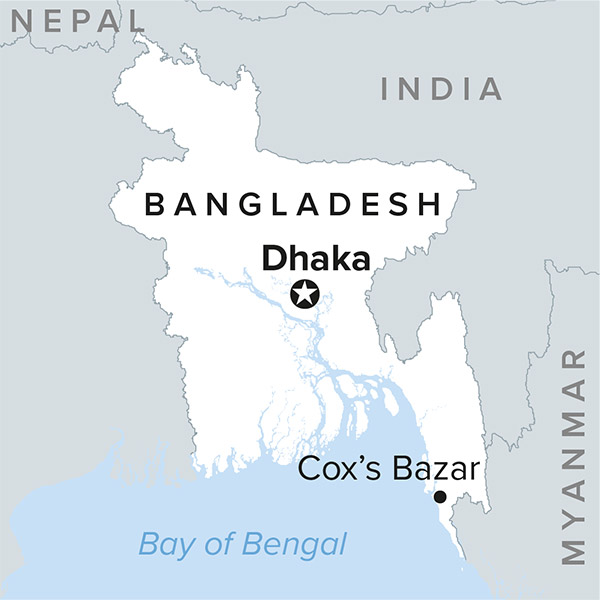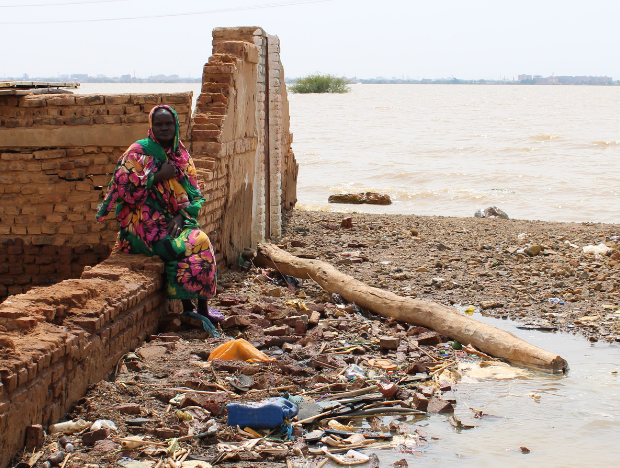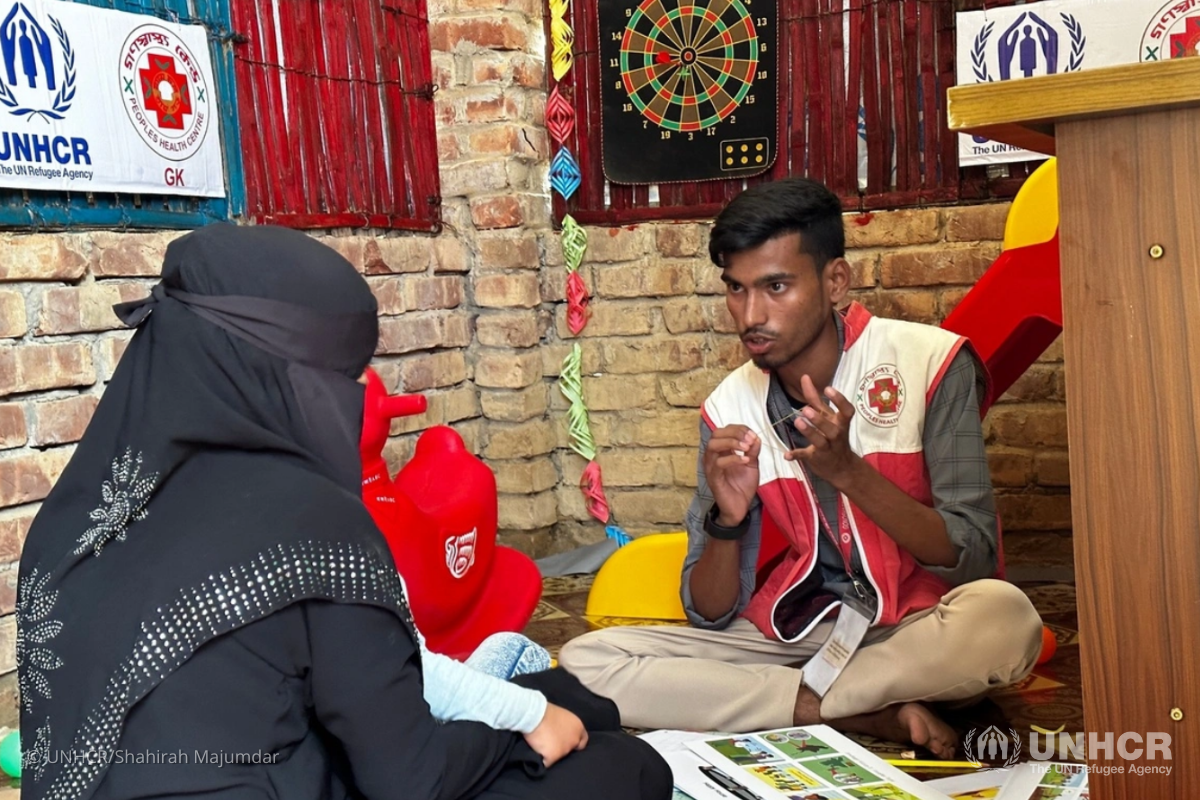Rohingya Refugee Crisis: The Facts

Who are the Rohingya?
The Rohingya are a stateless Muslim minority who have lived in Myanmar (also known as Burma) for generations. The United Nations has described them as “the most persecuted people in the world.” They have faced discrimination and extreme poverty for decades.
Why are the Rohingya fleeing?
Widespread reports of arson, murder and rape have caused entire communities to flee for their lives. Rohingya refugees were forced to flee their homes in the western region of Myanmar to escape horrific violence and persecution — this is one of the largest exodus of refugees witnessed in recent decades.
Rohingya refugees survived dangerous journeys to escape, often walking barefoot for days or attempting deadly sea crossings on flimsy rafts to get to Bangladesh. They arrived exhausted, hungry and sick — many have nothing and need everything.
How many Rohingya refugees are there?
Approximately 720,000 Rohingya refugees have fled targeted violence and human rights violations in Myanmar since August 2017. This massive new population joins an existing group of 213,000 Rohingya refugees who fled to Bangladesh in previous years. Nearly 80% of Rohingya refugees are women and children.

Where are Rohingya refugees?
Most Rohingya refugees are currently residing in Cox’s Bazar, a southeastern district of Bangladesh. Within Cox’s Bazar, they live in various locations, including in two registered refugee camps, and numerous makeshift camps and spontaneous settlements.
The Kutupalong refugee settlement has grown to become the largest of its kind in the world, with more than 600,000 people living in an area of just 13 square kilometers, stretching infrastructure and services to their limits.
How is UNHCR helping during the monsoon season?
Monsoon season, which typically lasts from April through October, is bringing significant rainfall that could trigger landslides and floods in the overcrowded settlements where the Rohingya refugees currently live. Makeshift shelters could be washed away and disease could spread as stagnant water pools and latrines overflow. It is estimated that at least 200,000 people are at risk of flooding and/or landslides during monsoon season but UNHCR and its partners are working tirelessly to ensure the safety of these refugees.
UNHCR is racing to reinforce shelters, move families most in danger and provide health services to everyone in need.
UNHCR protection staff and partners are working closely with volunteers from the refugee community to identify refugees in need of assistance and help move people, when needed, to safer areas. By mid-August 2018, more than 24,000 refugees living in high-risk areas were relocated to safer locations.
UNCHR and its partners also have been repairing and rehabilitating damaged roads, culverts, bridges and drainage channels. They’ve also distributed around 83,900 upgraded shelter kits that include tarpaulin, bamboo, rope, sandbags and tools as well as core relief item kits, comprising kitchen sets, plastic sheeting, buckets, blankets, solar lights, jerry cans, sleeping mats and dried food.
Is there any good news about Rohingya refugees?
Aside from the immense relocation efforts underway, refugees have taken on leadership roles within the camps with great impact. The Rohingya have established refugee representative leadership roles and a strong and credible forum for refugee participation in camp governance. These representatives serve an important function as channels of information between refugees and others, including agencies working to assist refugees.
Additionally, UNHCR is making sure that safe learning spaces remain a vital element of child protection work, especially given the sizable refugee child population in Cox’s Bazar.
How have donors helped Rohingya refugees?
Generous Americans have been a lifeline to Rohingya refugees. Since the beginning of the crisis, donors have supported USA for UNHCR and its partners’ efforts to deliver critical assistance when vulnerable families needed it the most. So far, donors have helped:
- relocate 37,400 Rohingya refugees to new shelters on safe, level ground
- distribute 84,584 shelter upgrade kits and 72,520 shelter tie-down kits to strengthen existing refugee homes and structures against monsoon rains
- establish 22 healthcare facilities and 22 nutrition centers in Rohingya refugee settlements
- provide primary healthcare to approximately 250,000 Rohingya refugees
- immunize more than 431,000 children
- train 2,275 community health workers
- construct 440 wells and water pumps, ensuring a reliable supply of clean, safe water
- build more than 4,150 latrines, improving sanitation and hygiene
How can I help Rohingya refugees?
Thanks to supporters, the UN Refugee Agency is on the ground coordinating a massive refugee response in Bangladesh and leading efforts to provide shelter and care for those displaced.
Your donation today will go directly to helping Rohingya refugees suffering during this crisis. Please be generous.


